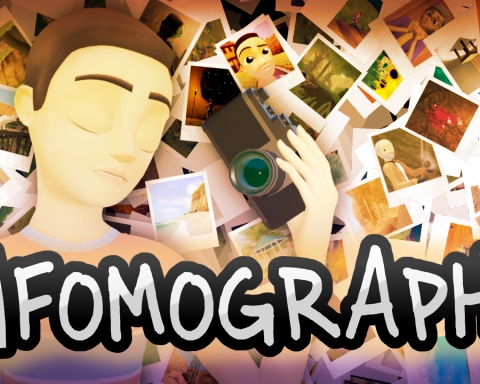 Enjoy Gaming has been coming out with quite a few DSiWare games over the last couple of months, and while some of them like Little Red Riding Hood and Puss In Boots from the Tales to Enjoy! series were aimed at small children, Astro looks to be geared toward an older crowd by presenting a shooting title set against a science fiction story.
Enjoy Gaming has been coming out with quite a few DSiWare games over the last couple of months, and while some of them like Little Red Riding Hood and Puss In Boots from the Tales to Enjoy! series were aimed at small children, Astro looks to be geared toward an older crowd by presenting a shooting title set against a science fiction story.
The story itself is pretty minimal. There are a few futuristic terms thrown about such as tachyon-reactor and Star Platinum set in the year 3187 as a backdrop. The actual story sequences are played out on the top screen, but they really are not anything to be overly excited by. The writing is brief and frankly, feels like it is still aimed at a slightly younger gamer. The visuals have an odd look to them in the story mode, with blurred colour lines that remind me of the watercolour effect in Photoshop being applied as a filter.
The actual game itself holds up far better visually, with bright space backgrounds and ships that have some pretty decent detail and some nice use of colour. There are 18 different enemies in the game, which does provide some variety, but since you are battling against wave after wave, they do start to feel a bit redundant. There are eight overall levels, each broken up into 4 sections, and these do not change the gameplay a great deal, but do offer new backdrops and different cycles of enemies.

While these methods are creative, they really do not hold up as well as having a second stick would. Firing at angles can be difficult with either method. You fly about the screen using the left pad, and that works well enough as you zip around (and wrap from one side to the other), which can lend some strategy to the proceedings as you try to duck and bob from one side to the next to get off shots and flee to safety. Picking between the two, I preferred the buttons. They felt a bit less precise, but using the stylus I found my hand sometimes getting in the way of my view, which is obviously less-than-ideal.
All of the directions can be found in a digital manual within the game, but some sort of tutorial might have been nice to explain exactly what you were doing on screen. Thankfully it is pretty easy to pick up on and not as egregious as not having some explanations available in their Tales to Enjoy! games, but there is no in-game guidance at all in the preparation screens or for the combat itself.
Astro is not necessarily a bad game, but unfortunately it misses the mark on a few areas while doing very little exceptionally well. If you really are looking for a basic shooter, this should suffice – but it is not the best examples of the genre out there either.
– Nick H







